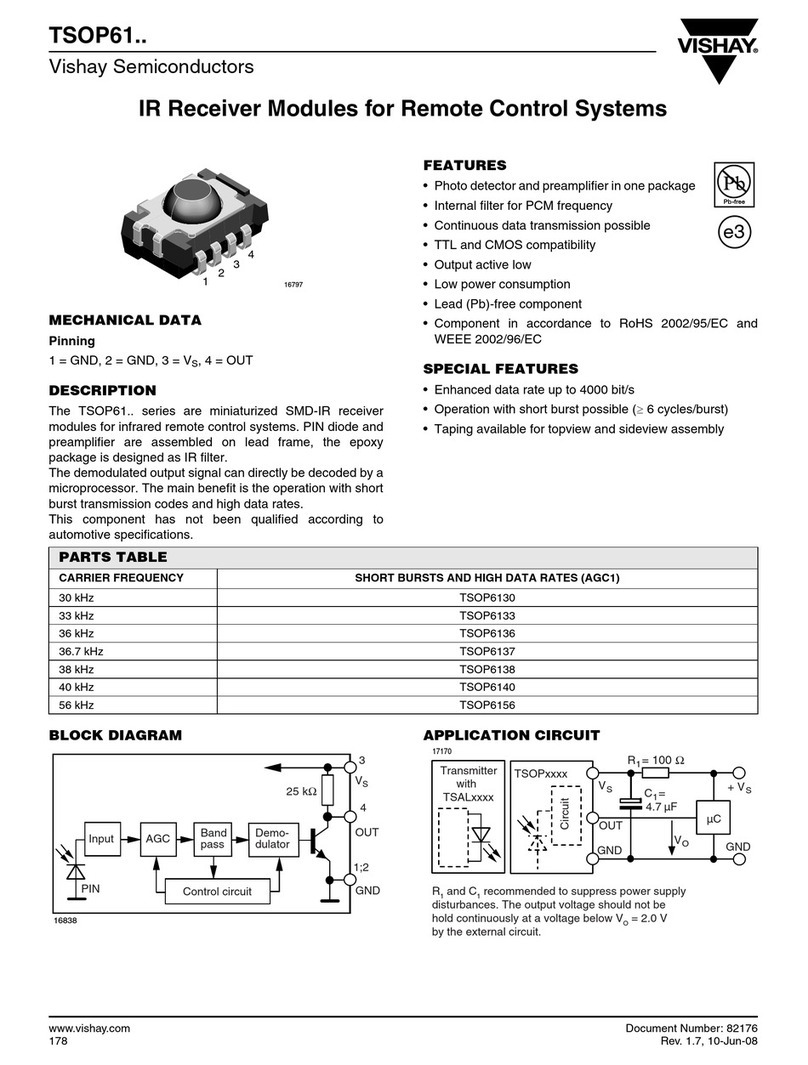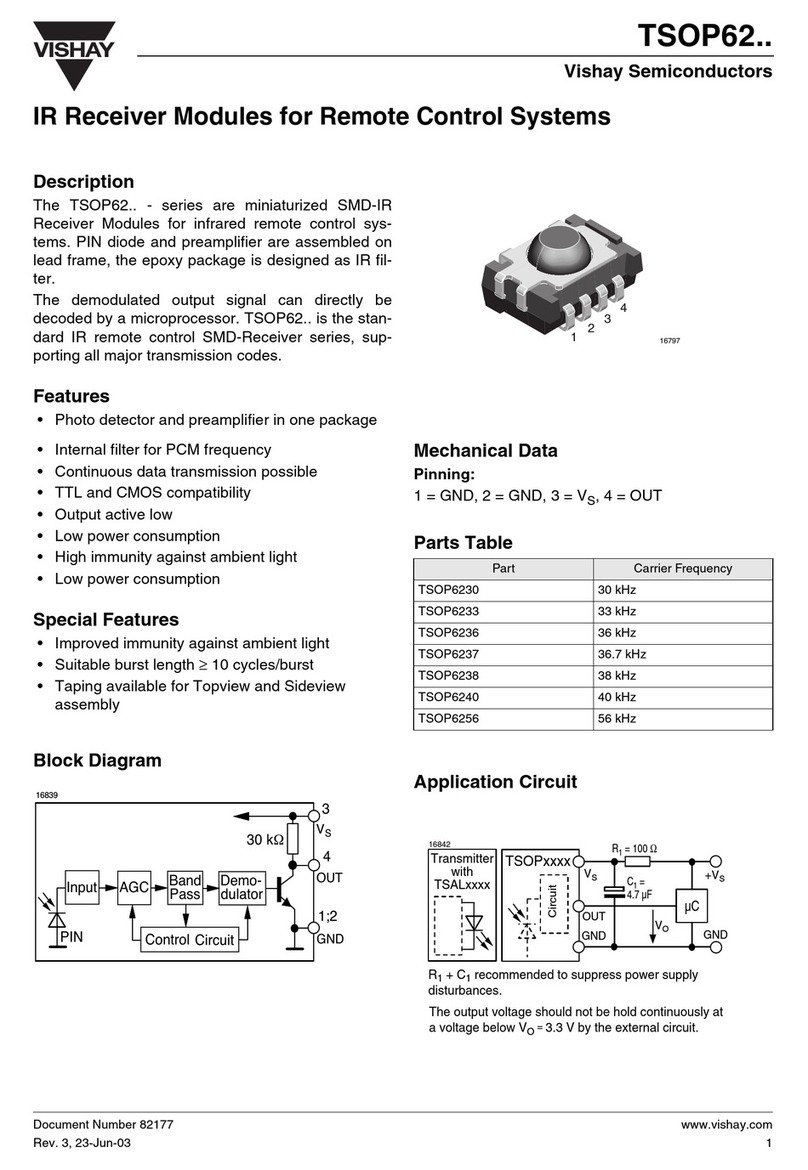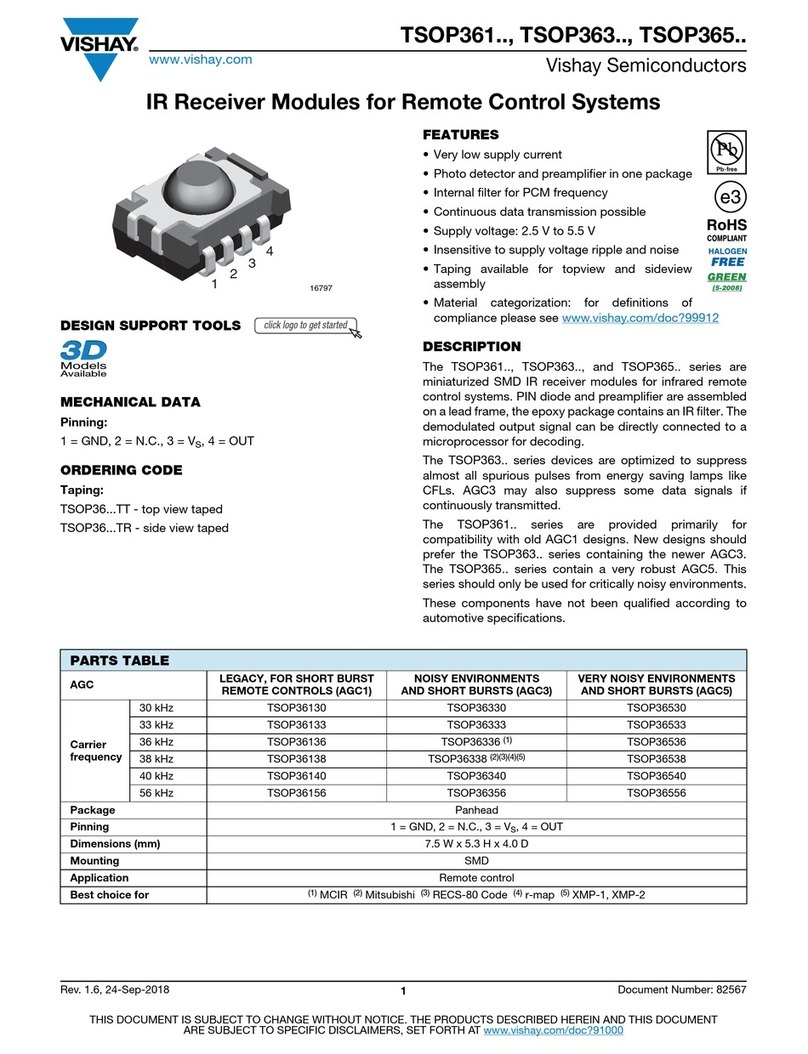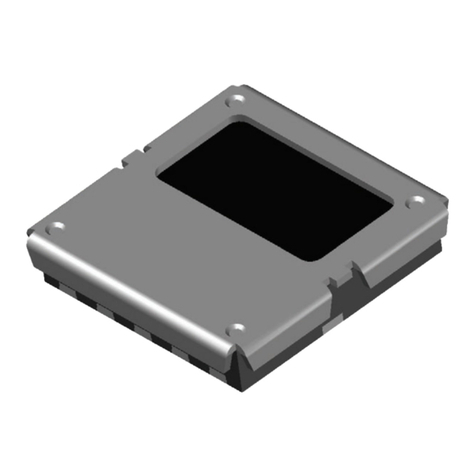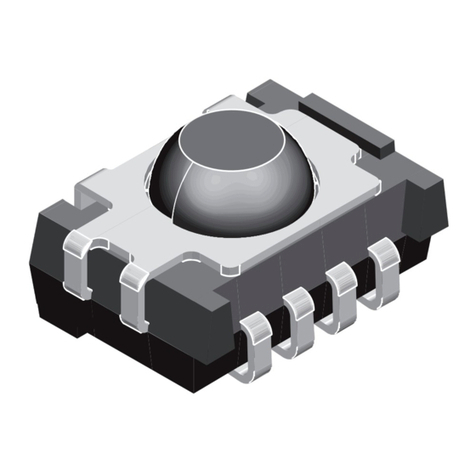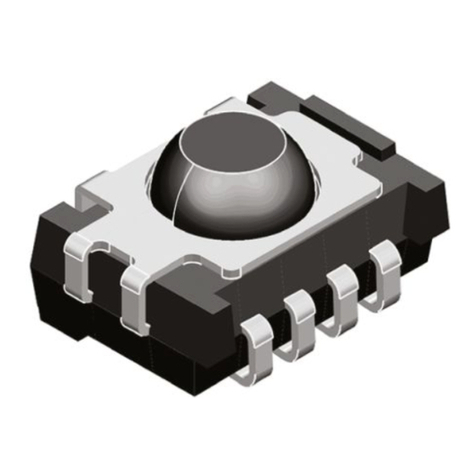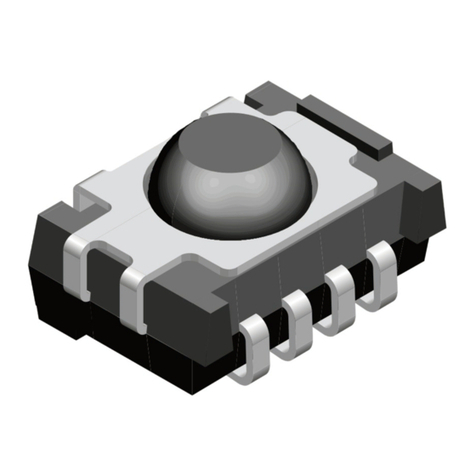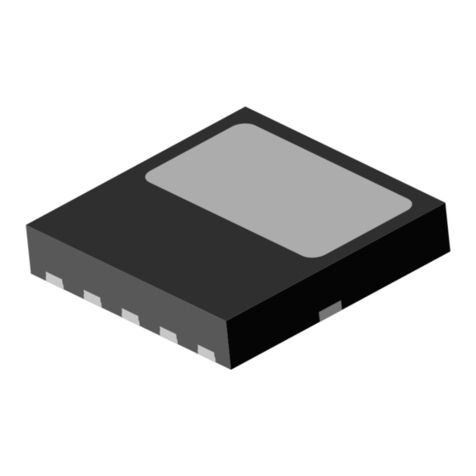
TSOP362..
www.vishay.com Vishay Semiconductors
Rev. 2.3, 18-Oct-11 2Document Number: 82187
THIS DOCUMENT IS SUBJECT TO CHANGE WITHOUT NOTICE. THE PRODUCTS DESCRIBED HEREIN AND THIS DOCUMENT
ARE SUBJECT TO SPECIFIC DISCLAIMERS, SET FORTH AT www.vishay.com/doc?91000
Note
• Stresses beyond those listed under “Absolute Maximum Ratings” may cause permanent damage to the device. This is a stress rating only
and functional operation of the device at these or any other conditions beyond those indicated in the operational sections of this specification
is not implied. Exposure to absolute maximum rating conditions for extended periods may affect the device reliability.
TYPICAL CHARACTERISTICS (Tamb = 25 °C, unless otherwise specified)
Fig. 1 - Output Function Fig. 2 - Pulse Length and Sensitivity in Dark Ambient
ABSOLUTE MAXIMUM RATINGS (Tamb = 25 °C, unless otherwise specified)
PARAMETER TEST CONDITION SYMBOL VALUE UNIT
Supply voltage (pin 3) VS- 0.3 to + 6 V
Supply current (pin 3) IS3mA
Output voltage (pin 4) VO- 0.3 to (VS+ 0.3) V
Output current (pin 4) IO10 mA
Junction temperature Tj100 °C
Storage temperature range Tstg - 40 to + 100 °C
Operating temperature range Tamb - 25 to + 85 °C
Power consumption Tamb ≤85 °C Ptot 30 mW
ELECTRICAL AND OPTICAL CHARACTERISTICS (Tamb = 25 °C, unless otherwise specified)
PARAMETER TEST CONDITION SYMBOL MIN. TYP. MAX. UNIT
Supply current Ev= 0 ISD 0.7 1.2 1.5 mA
Ev= 40 klx, sunlight ISH 1.3 mA
Supply voltage VS2.7 5.5 V
Transmission distance Ev= 0, test signal see fig. 1, IR diode TSAL6200,
IF= 250 mA d35m
Output voltage low IOSL = 0.5 mA, Ee= 0.7 mW/m2,
test signal see fig. 1 VOSL 250 mV
Minimum irradiance
(30 kHz to 40 kHz)
VS= 3 V, pulse width tolerance:
tpi - 5/fo< tpo < tpi + 6/fo, test signal see fig. 1 Ee min. 0.35 0.5 W/m2
Minimum irradiance
(56 kHz)
VS= 3 V, pulse width tolerance:
tpi - 5/fo< tpo < tpi + 6/fo, test signal see fig. 1 Ee min. 0.4 0.6 W/m2
Minimum irradiance
(30 kHz to 40 kHz)
VS= 5 V, pulse width tolerance:
tpi - 5/fo< tpo < tpi + 6/fo, test signal see fig. 1 Ee min. 0.45 0.6 W/m2
Minimum irradiance
(56 kHz)
VS= 5 V, pulse width tolerance:
tpi - 5/fo< tpo < tpi + 6/fo, test signal see fig. 1 Ee min. 0.5 0.7 W/m2
Maximum irradiance tpi - 5/fo< tpo < tpi + 6/fo, test signal see fig. 3 Ee max. 30 W/m2
Directivity Angle of half transmission distance ϕ1/2 ± 45 deg
E
e
T
t
pi
*
t
* t
pi
10/f
0
is recommended for optimal function
V
O
V
OH
V
OL
t
16110
Optical Test Signal
(IR diode TSAL6200, I
F
= 0.4 A, 30 pulses, f = f
0
, t = 10 ms)
Output Signal
t
d1)
t
po 2)
1)
7/f
0
<t
d
<15/f
0
2)
t
pi
- 5/f
0
<t
po
< t
pi
+ 6/f
0
0.0
0.1
0.2
0.3
0.4
0.5
0.6
0.7
0.8
0.9
1.0
0.1 1 10 100 1000 10 000
Ee- Irradiance (mW/m²)16908
Input Burst Duration
= 950 nm,
optical test signal, fig. 1
Output Pulse
t - Output Pulse Width (ms)
po
